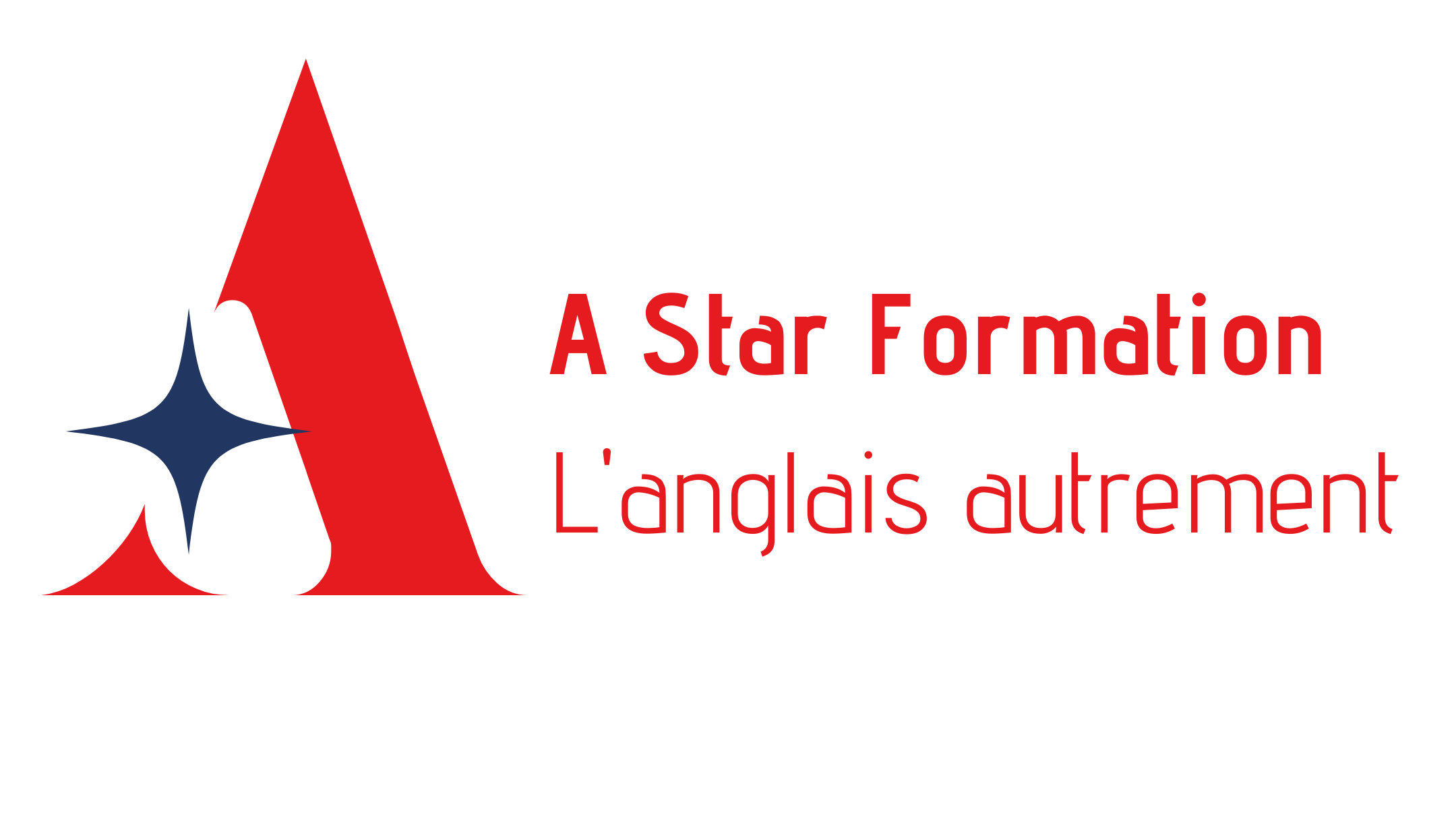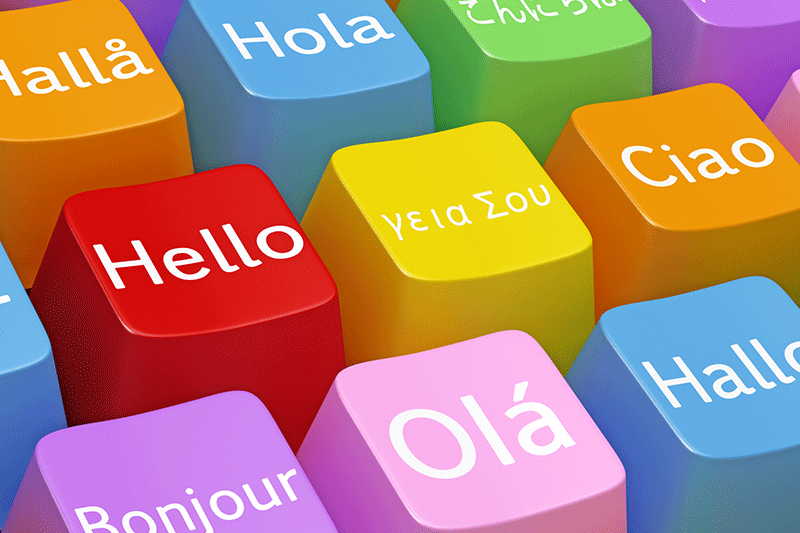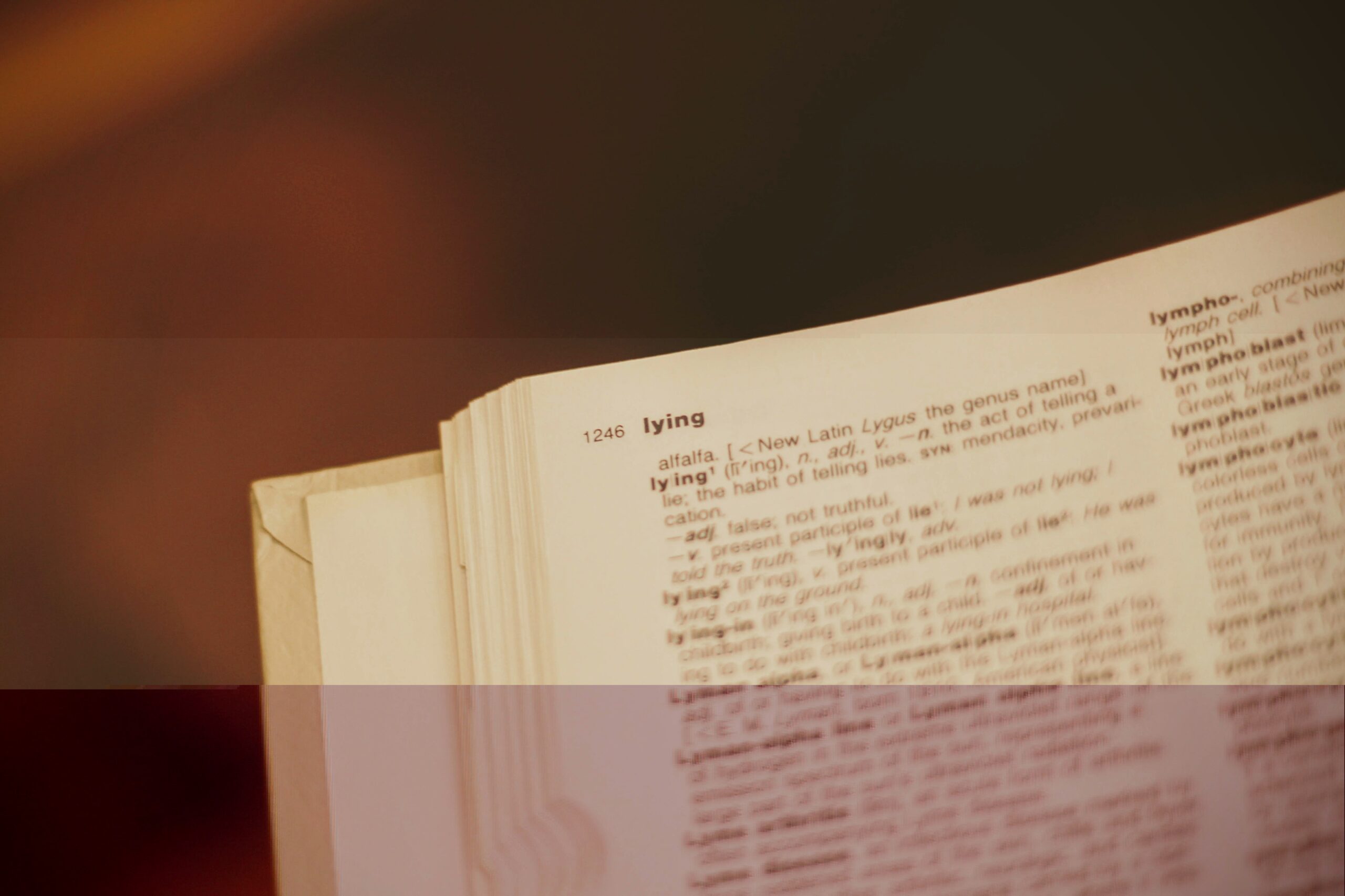What are the Most Difficult Languages to Learn?
UNESCO released its list of the top 10 most difficult languages in the world to learn, based on how many hours full-time language learners needed to master the language.
Fortunately for any of you English learners reading this, English is not in the top 10 in difficulty (although you do have to remember that English has about 170,000 different words in current use. There are around 60,000 in French).
Let’s have a look at the top 10 hardest languages according to UNESCO and why each one is difficult:
10. French. French is not that difficult to learn for anyone who already knows a Latin language, or even an Indo-European language. However, learning to speak correct French, as I have found out myself, if not easy: the difficulties in French are its pronunciation and complex conjugation rules (and exceptions.)
9. Danish. Danish has 40 different vowel sounds and some other difficult pronunciation sounds such as a glottal stop, as well as long words and my favourite, two genders.
8. Norwegian. Norwegian is another Nordic language and oral Norwegian is not standardised, so it deviates depending on the dialect.
7. German. I studied German for many years and I can tell you that the most difficult points are the 3 genders, grammatical cases and very long compound nouns. The separable verbs are also a nightmare to learn and have helped me to understand how difficult phrasal verbs are for English learners.
6. Finnish. This is one of the few languages in Europe which is not an Indo-European language, making it quite mysterious. It’s an inflectional and agglutinating language, which means that grammatical suffixes are added to a word. Vowels also change depending on the surrounding consonants and verbs, nouns, adjectives, pronouns and numbers change depending on their place in the sentence!
5. Japanese. Japanese has 3 different writing systems. Two can be easily learnt and read, but the third is kanji, which are Chinese characters and each symbol has a different meaning. To read a newspaper you need to learn at least 2000 characters. The actual grammar and pronunciation of Japanese is pretty easy, but the language has a whole system of honorifics, with changes to words depending on the status of the person you’re talking to. I also speak Japanese and can tell you that learning to speak Japanese to an intermediate level is not actually that hard! But learning to read and speak to a high level is a whole different story.
4. Icelandic. Apparently this is the hardest of the Nordic languages to learn: it developed in an island environment, meaning it is quite “archaic”. It has very specific vocabulary and vowels can change depending on the declension or conjugation. One single word can actually have 70 different forms!
3. Literary Arabic. First of all Arabic pronunciation can be difficult, with only 3 vowels and a quite guttural pronunciation. Words are constructed from a basic root. If you want to actually speak to people, you’d better not learn literary arabic. Very few of the modern dialects are close to literary Arabic, so you’re better off choosing a dialect closest to the people you want to speak to!
2. Greek. Greek has difficult pronunciation in terms of accentuation, but also has complicated conjugation with 4 cases. Of course if you speak a language that’s written in the Roman alphabet, any different writing system is going to be a challenge to learn.
1. Chinese. Chinese has one standard written language and many different spoken dialects. Learning to read and write involves learning thousands of characters, with each character representing a meaning. Not only that, you have several different tones in Chinese dialects, so one words can have several different meanings depending on the intonation.
In my opinion, ranking languages for difficulty is not such a useful task (even though people always want to know if their language is the most difficult!) as it depends on so many things: which languages you already speak and what the root of your native language is. This list from UNESCO misses out A LOT of complex languages, such as !Xòõ, a Botswanan language that has 22 click sounds in its pronunciation, or even more common languages such as Turkish, Estonian or Navajo (which was used as a code language during the war.) This article from the Economist talks in more depth about difficult languages.
Whatever the most difficult languages are, just be thankful that English is not on the list!
Encore plus de post ici
How to Deal with Stress Before Your Presentations
18 juillet 2023



